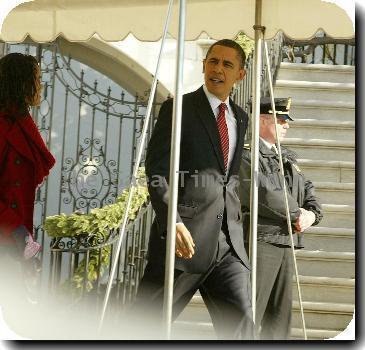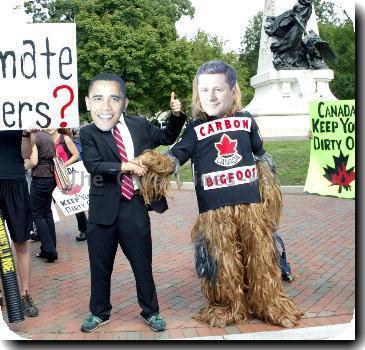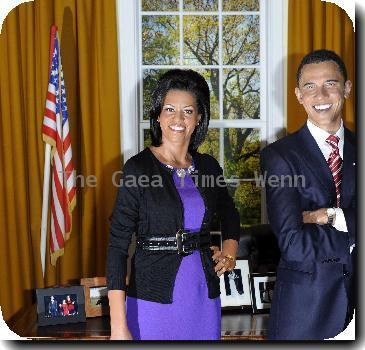Despite promise of transparency, government continues to hamper news coverage of oil spill
By Tamara Lush, APWednesday, June 16, 2010
Spill coverage barriers remain despite promises
NEW ORLEANS — Journalists covering the Gulf of Mexico oil spill have been yelled at, kicked off public beaches and islands and threatened with arrest in the nearly three weeks since the government promised improved media access.
Adm. Thad Allen, the federal government’s point person for the response, issued a May 31 directive to BP PLC and federal officials ensuring media access to key sites along the coast. BP Chief Operating Officer Doug Suttles followed up with a letter to news organizations, saying the company “fully supports and defends all individuals’ rights to share their personal thoughts and experiences with journalists if they so choose.”
Those efforts have done little to curtail the obstacles, harassment and intimidation tactics journalists are facing by federal officials and local police, as well as BP employees and contractors, while covering the worst environmental catastrophe in U.S. history.
“We think a lot of the restrictions are way tighter than they need to be,” said Michael Oreskes, an AP senior managing editor. “So far, I think the government has done a better job of controlling the flow of information than of controlling the flow of oil in the Gulf.”
Oreskes wrote to White House Press Secretary Robert Gibbs on Wednesday demanding that President Barack Obama’s administration improve media access. Gibbs did not immediately respond to a request for comment.
Among the limitations AP is protesting is a Federal Aviation Administration rule barring aircraft from flying low enough to observe and photograph coastal impact and cleanup. The limit is set at 3,000 feet for planes, and appears to have recently been lowered to 1,500 feet for helicopters. Before the restriction was imposed, aircraft carrying members of the media routinely flew between 500 and 1,000 feet without incident.
The letter points out that while Allen’s letter promised more transparency, several incidents since then have violated his order:
— On June 5, sheriff’s deputies in Grand Isle, La., threatened an AP photographer with arrest for criminal trespassing after he spoke to BP employees and took pictures of cleanup workers on a public beach.
— On June 6, an AP reporter was in a boat near an island in Barataria Bay, off the Louisiana coast, when a man in another boat identifying himself as a U.S. Fish and Wildlife employee ordered the reporter to leave the area. When the reporter asked to see identification, the man refused, saying “My name doesn’t matter, you need to go.”
— According to a June 10 CNN video, one of the network’s news crews was told by a bird rescue worker that he signed a contract with BP stating that he would not talk to the media. The crew was also turned away by BP contractors working at a bird triage area — despite having permission from the U.S. Fish and Wildlife Service to enter the facility.
— On June 11 and 12, private security guards patrolling in the Grand Isle area attempted repeatedly to prevent a crew from New Orleans television station WDSU from walking on a public beach and speaking with cleanup workers.
— On June 13, a charter helicopter pilot carrying an AP photographer was contacted by the Federal Aviation Administration, which told the pilot he had violated the temporary flight restriction by flying below 3,000 feet. Both the pilot and photographer contend the helicopter never flew below 3,000 feet. However, the federal government now says helicopters in the restricted area are allowed to fly as low as 1,500 feet.
In the WDSU case, station News Director Jonathan Shelley said the resistance from the private security guards was especially puzzling, especially since it came shortly after Suttles’ letter.
“Our frustration was that no sooner had this letter been sent out, that we were rebuffed twice,” Shelley said.
Some other news organizations said access has improved since Allen’s May directive.
“Generally the situation is better than it was a couple of weeks ago,” said Peter Kovacs, managing editor of The Times-Picayune of New Orleans.
But USA Today published an editorial Monday about media access to the affected areas, citing instances where reporters were shunned.
“BP maintains these are anomalies. But every such attempt deepens the impression that BP, having caused the worst environmental disaster in U.S. history, is trying to manipulate what the public sees about it,” the editorial said.
The AP’s letter Wednesday is the latest correspondence between the news organization and the White House about oil spill access.
AP first contacted Obama on June 5, outlining its concerns in a letter from President and CEO Tom Curley. Gibbs followed up with a call to AP editors and a written response. If journalists have concerns, Gibbs said, they can call to report their experiences with a joint information center run by the federal government and BP in Houma, La.
Oreskes said he called the number from his office in New York on Tuesday and left a message.
“I’m still waiting for them to call me back,” he said.
Tags: Accidents, Barack Obama, Coastlines And Beaches, Corporate Crime, Environmental Concerns, Louisiana, New Orleans, North America, Oil spill, United States, Wildlife



